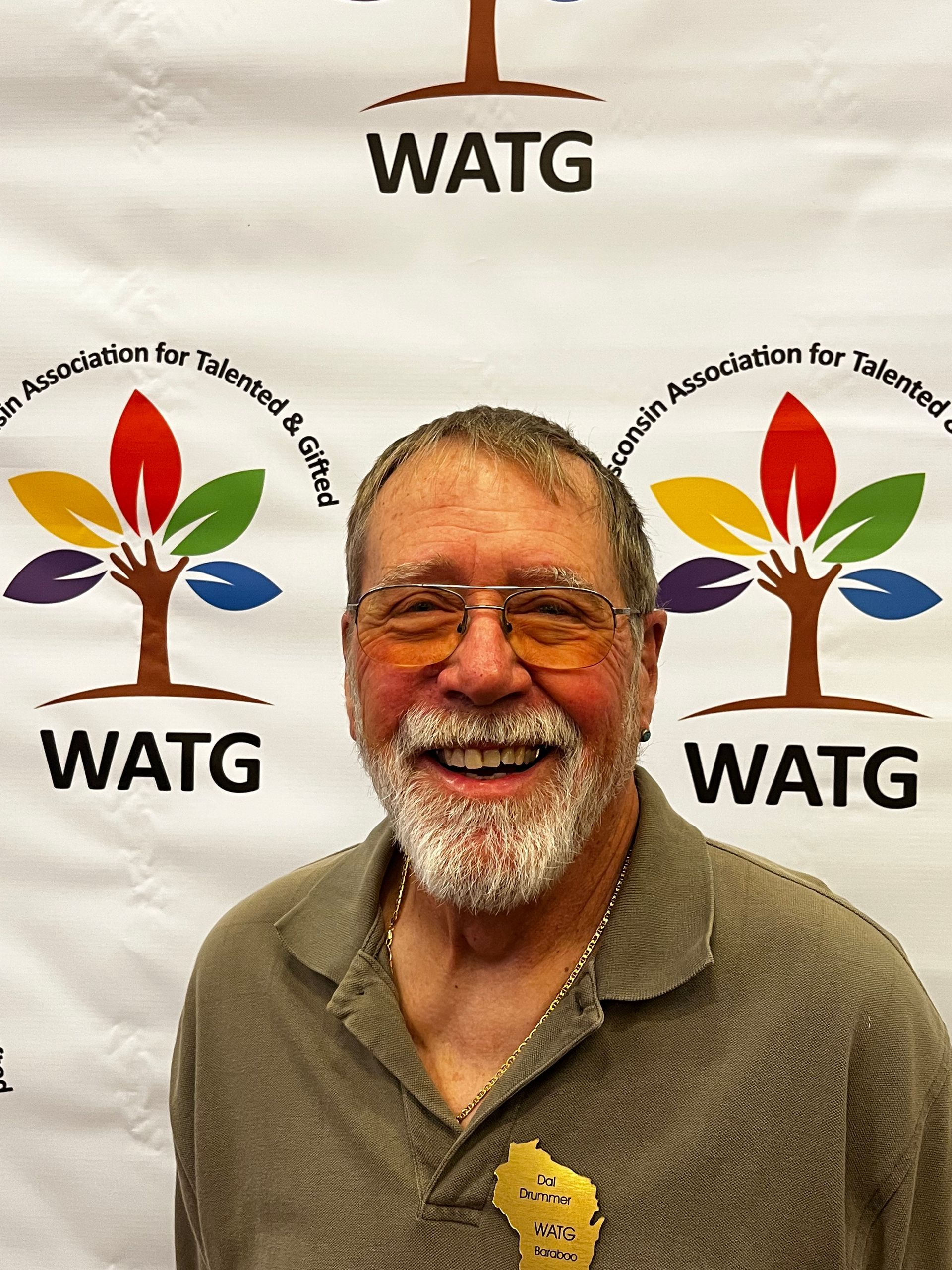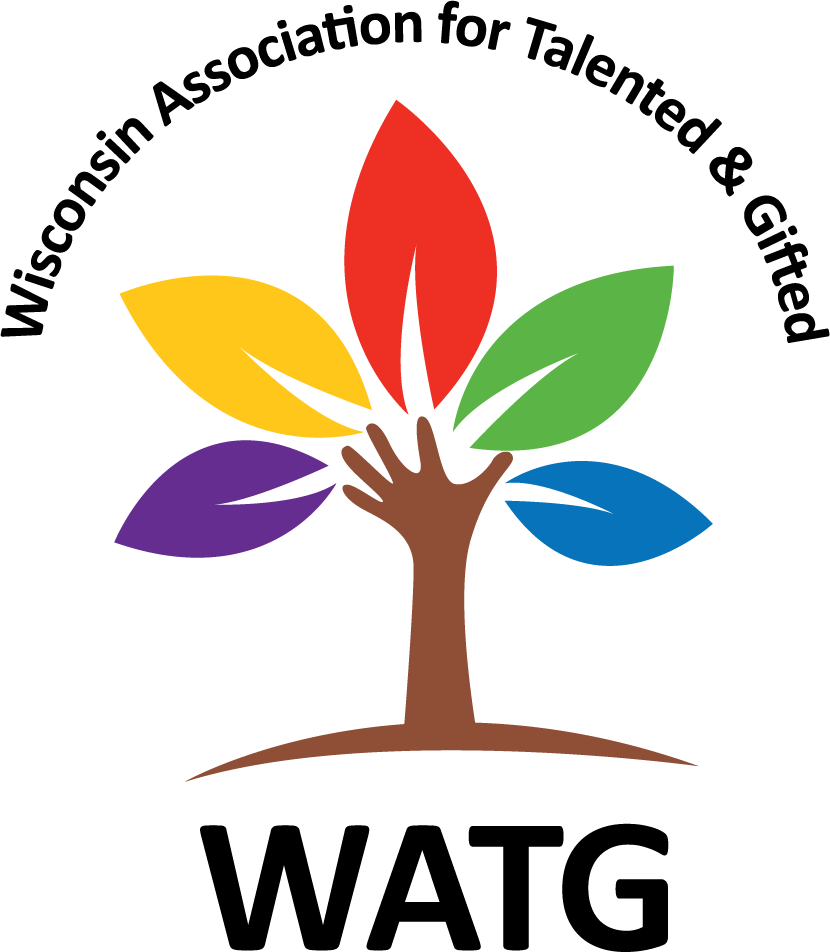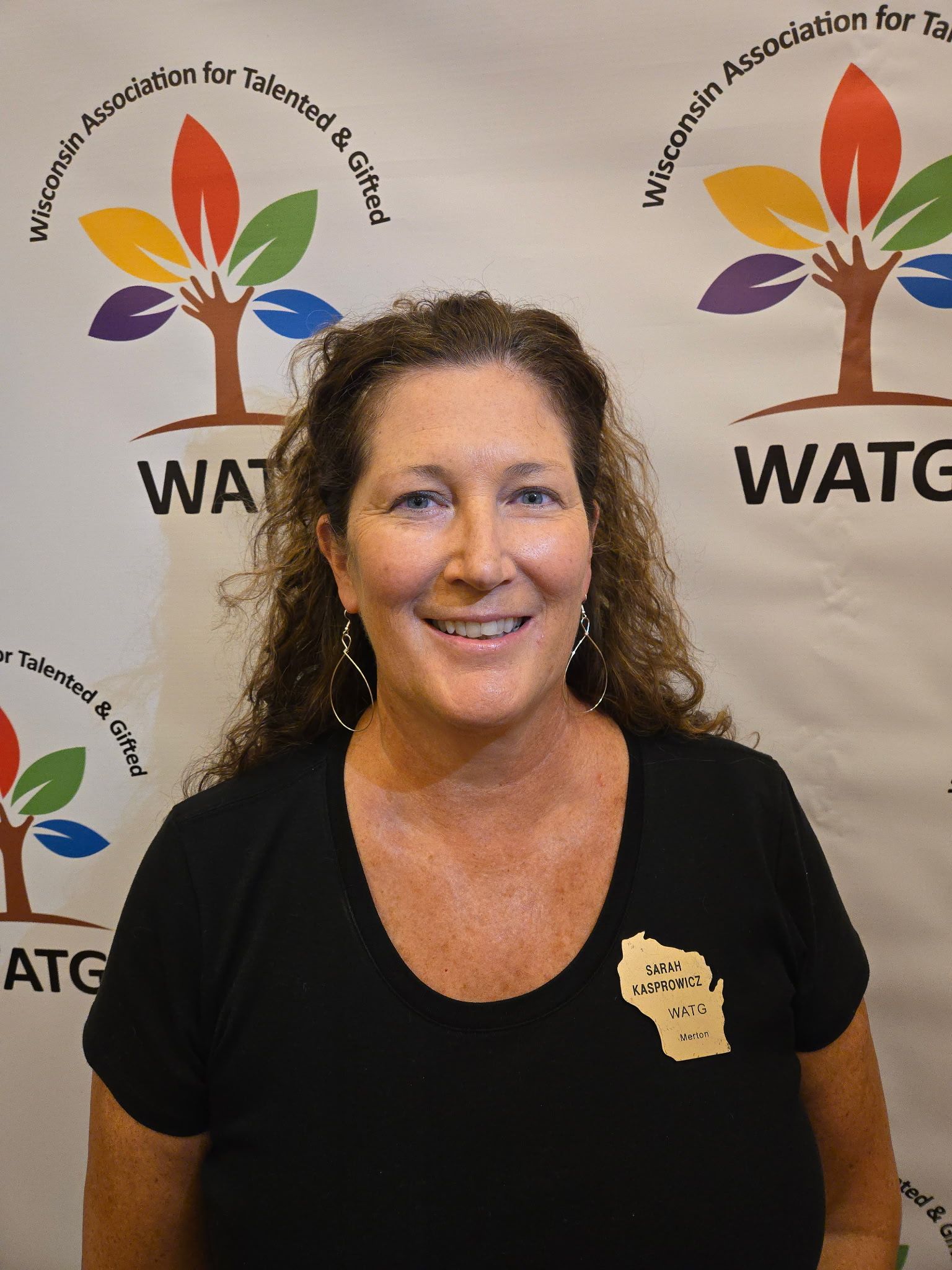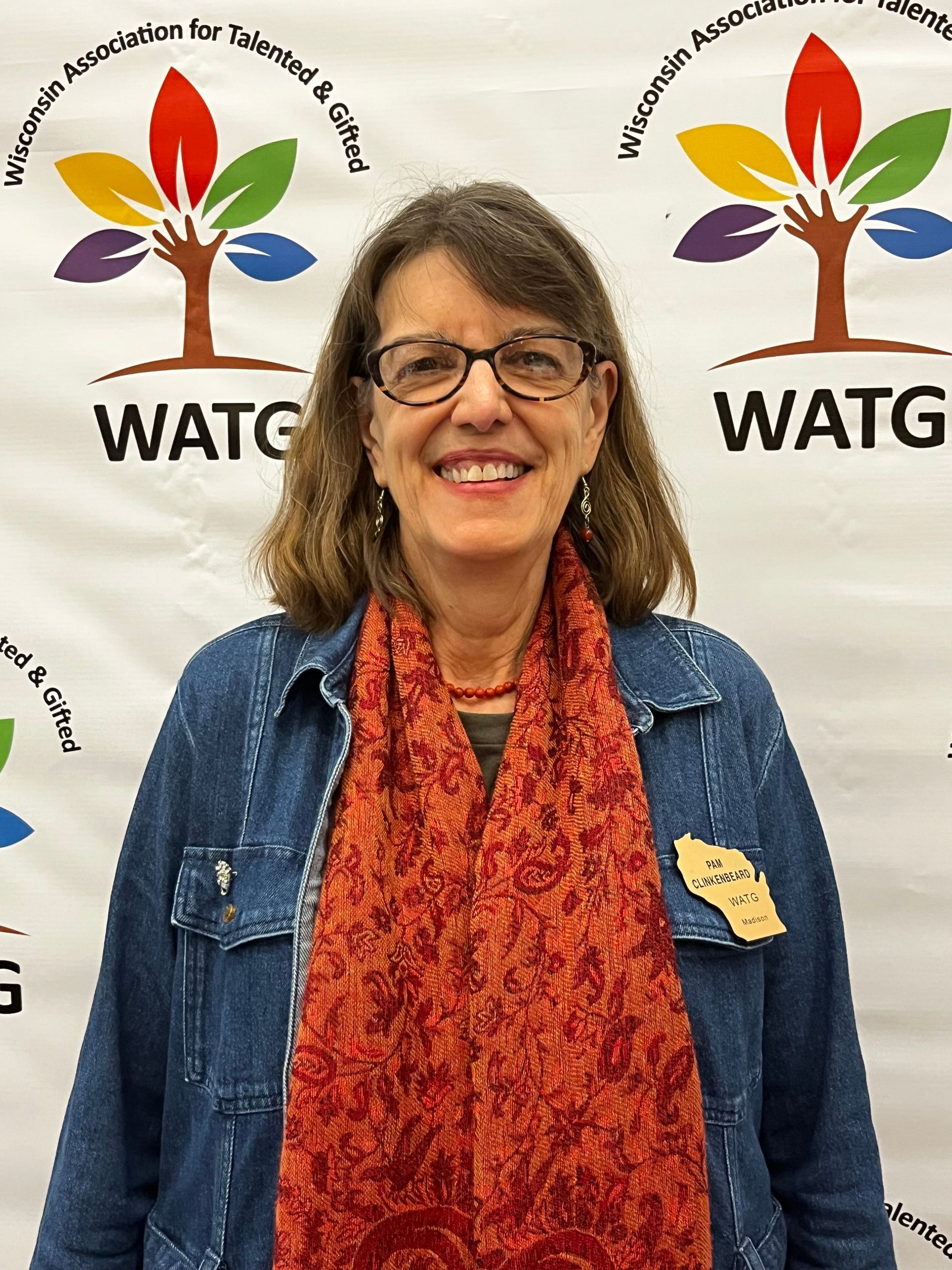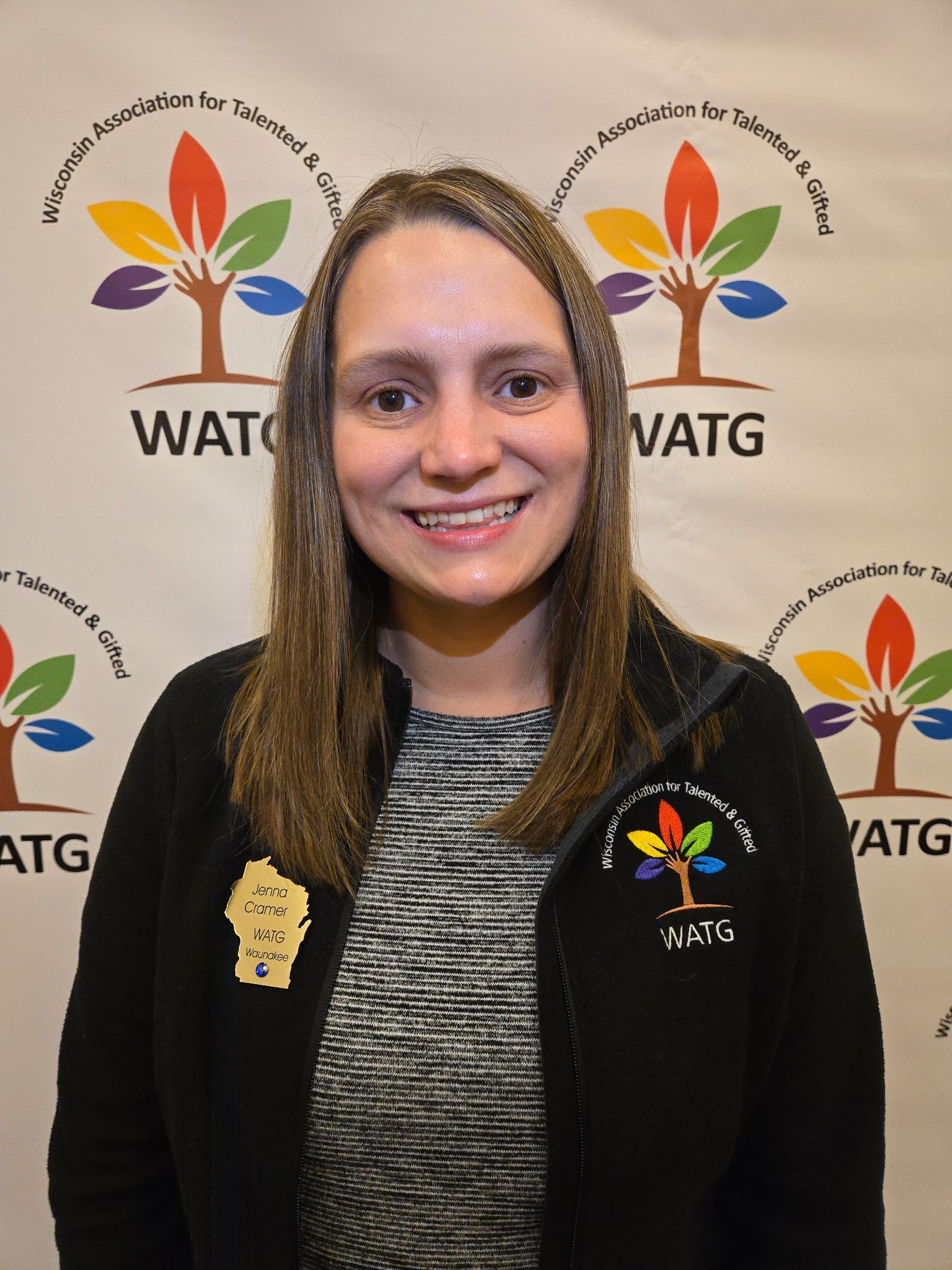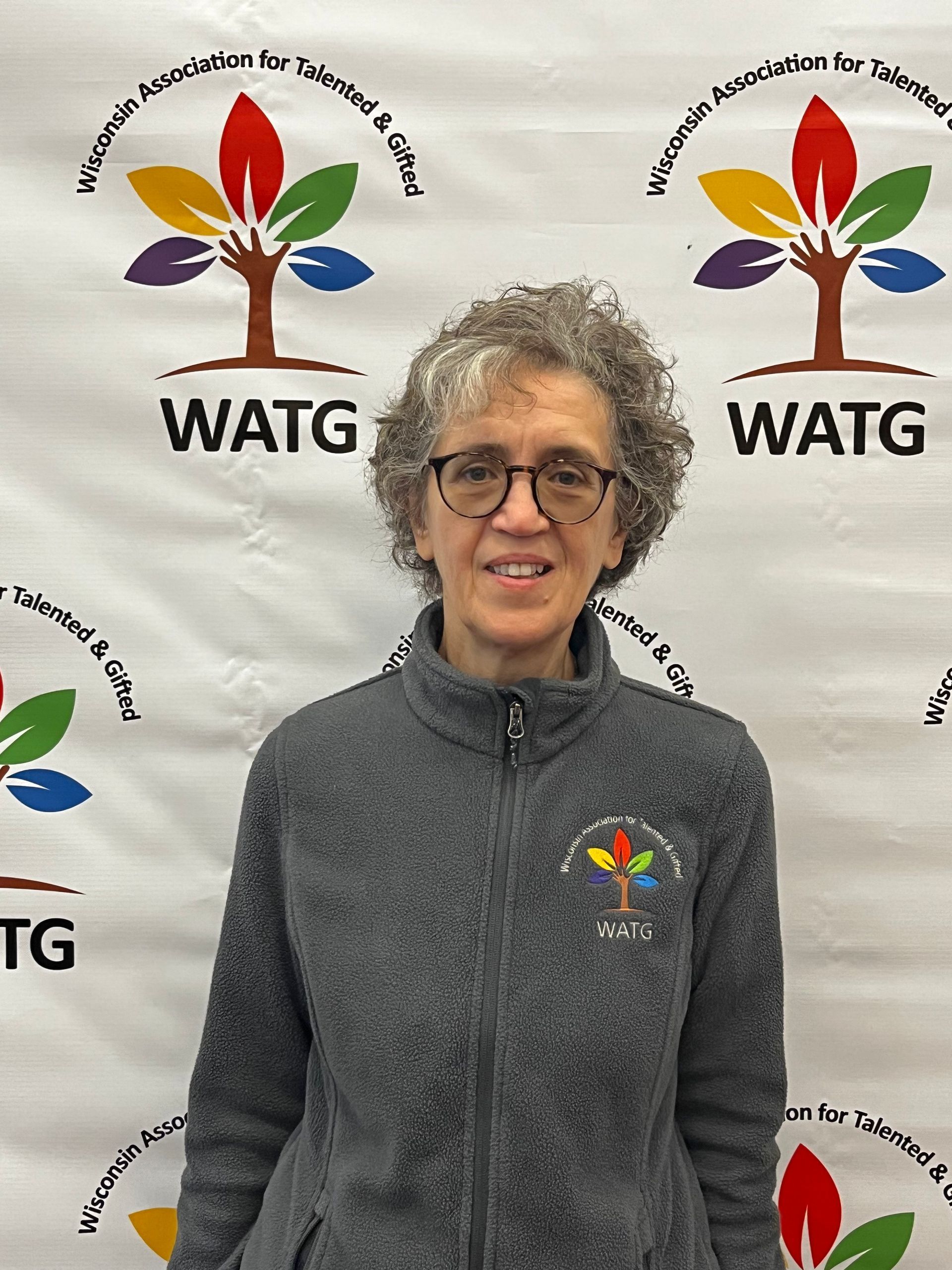The 2022-2023 State of the States in Gifted Education Report
Dear WATG members,
The most recent report on gifted education nationwide is now available, and I invite you to take a look at this report. Click here to see the
full report.
Here is a summary of some of the key points in this report. The 2022-2023 “State of the States in Gifted Education Report,” published by the National Association for Gifted Children (NAGC) in collaboration with the Council of State Directors of Programs for the Gifted, offers an indispensable snapshot of the current landscape of gifted education across the United States. In the absence of a federal mandate for gifted student identification and services, this report underscores the profound variability in policies, funding, and programming support provided to high-ability learners from state to state. This report also serves as a crucial resource for educators, policymakers, and advocates striving to ensure that gifted students receive the tailored educational experiences necessary to reach their full potential.
A central theme of the report is the decentralized nature of gifted education in the U.S. Each state, and often individual districts, defines giftedness, establishes identification criteria, and determines the scope and nature of services offered. This autonomy leads to a patchwork system where opportunities for gifted students can vary dramatically depending on their geographic location. The report meticulously details these variations across several key dimensions, including the allocation of state education agency personnel, the presence and enforcement of state-level gifted education laws, universal screening practices, and the range of service delivery models employed, from pull-out programs and differentiation to advanced placement and dual enrollment options.
The 2022-2023 iteration of the report also implicitly reflects the lingering impacts of recent global events, such as the COVID-19 pandemic. While not explicitly detailed in all accessible summaries, the overarching context of educational recovery and continuity of services likely informed the data collection. States have continued to navigate how to effectively identify and serve gifted learners amidst evolving educational priorities and resource constraints, often striving to maintain support despite reductions in certain areas, like professional learning opportunities in some instances.
Despite dedicated efforts by many states and districts, the report illuminates persistent challenges. One significant hurdle highlighted is the common lack of mandated funding for gifted programs, even in states where services are required by law. This disconnect often places the burden on local education agencies to fund critical initiatives, leading to disparities in the quality and availability of programs. Furthermore, the report, when considered alongside district-level data, occasionally points to difficulties in meeting specific academic growth targets for gifted students, particularly in subjects like mathematics, underscoring the ongoing need for effective instructional strategies and robust support systems. Equity in identification and access to services, particularly for underrepresented populations, remains a critical area of focus, as disparities continue to exist.
Ultimately, the “2022-2023 State of the States in Gifted Education Report” is more than just a data compilation; it is a vital call to action. By systematically documenting the current state of affairs, it provides the evidence base necessary for advocacy groups like NAGC and state-level organizations to champion policies that promote consistency, equity, and excellence in gifted education nationwide. It empowers stakeholders to identify areas of strength to emulate and pinpoint critical gaps that require urgent attention and increased investment, ensuring that all gifted learners have the equitable opportunities and support needed to thrive and contribute their unique talents to society.
As a stakeholder in gifted education, I urge you to read the document and share it with decision makers in your community.
